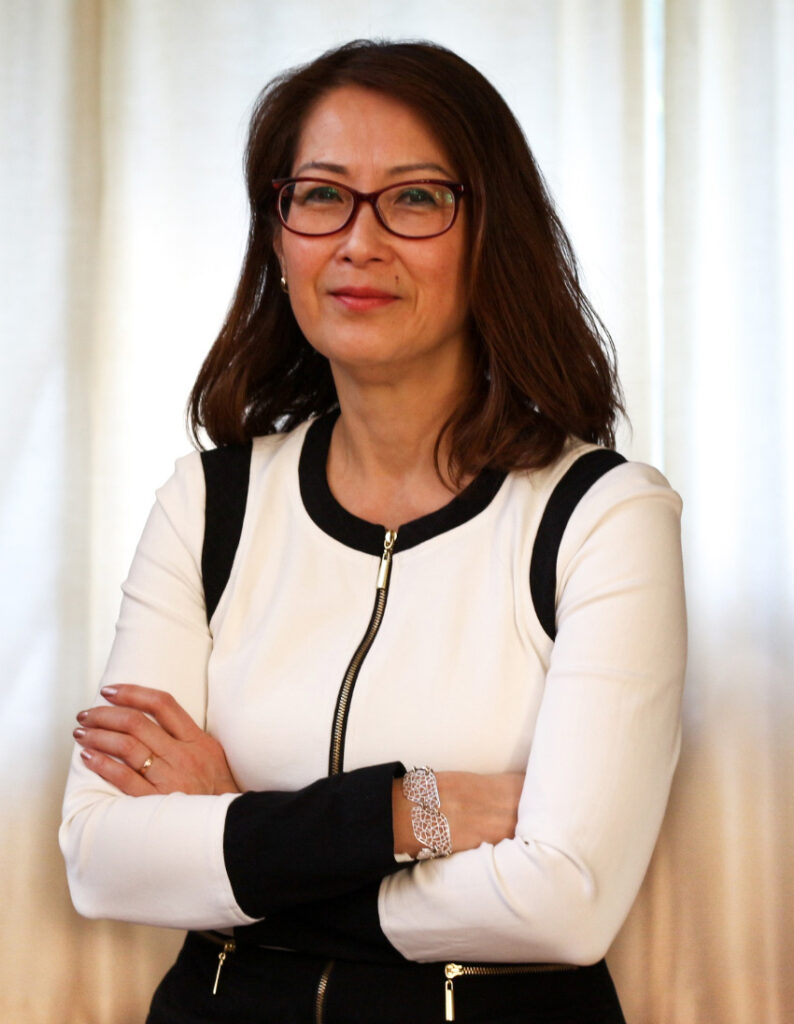By Coral Hoh, PhD, Founder of Dysolve® AI

Despite today’s rapid growth of scientific and technological knowledge, truly innovative activity is actually declining. Here, we distinguish between innovations that augment existing streams of knowledge versus innovations that disrupt them. The latter renders the old obsolete and propels science and technology forward in unexpected, new directions.
We need disruptive innovations. Humankind faces huge challenges such as climate change that require equally grand solutions. Yet, based on 45 million research papers and 3.9 million patents published in the past six decades, a 2023 study found that we are less likely to break new ground.
The study reached this conclusion by considering certain measures. One was the degree of departure in citations of previous works. New publications tended to cite the same body of work as their predecessors. Another was linguistic change in papers and patents. Original ideas and paradigms would require new words. But linguistic diversity and combinatorial diversity of the words used in titles and citations declined instead.
What is Disruptive Innovation?
What is disruptive innovation, and how do we foster it? First, consider the criteria for patentability: novelty and non-obviousness. Being novel or new to the field is not sufficient. The invention also needs to be non-obvious to practitioners in that field. A disruptive invention is novel, non-obvious and revolutionary. It breaks from the past, producing ingenious methods that enable us to gain surprising yet potent insights on the world or ourselves.
Instead of a totally novel idea or method with no precursor, even disruptive inventions usually involve existing fields. But such inventions combine disparate domains together in unexpected ways. This is why inventors have been found to possess vast storehouses of knowledge, often across domains.
Inventors’ Spatial-Temporal Intelligence
Inventors may store information in visual, spatial and kinesthetic forms. One notable trait of inventors is spatial-temporal intelligence. Spatial-temporal thinkers employ mental imagery dynamically, moving through imagined structures and systems back and forth in time. They may go back into the past to re-analyze a problematic incident or forward into the future to see a new scenario.
These cognitive traits fall outside of the verbal. Thus, a common question is whether linguistically challenged individuals have compensatory strengths in non-verbal areas. This question has been explored with the population with dyslexia, a language-based disorder.
Dyslexic Strengths
Empirical studies on the comparative strength of individuals with dyslexia have been sparse, requiring further confirmation that has generally not been forthcoming in the past decade. Some studies suggest dyslexic strengths in holistic processing and non-verbal creativity.
Even without research validation, nurturing the population with dyslexia is nevertheless important. They represent 20% of the population. The world needs cognitive diversity to improve its chances of producing revolutionary inventors. Yet students with dyslexia drop out at three times the typical rate even before they complete high school.
Luckily, AI technology can now support and even correct the processing difficulties of a person with dyslexia. Megan Cowles, a sophomore at a State University of New York, used one such corrective program when she was in 5th grade, after failing reading and math for years despite getting additional instructional support. After a year of the intervention with AI, Megan achieved Academic Honors and, by high school, High Honors.
Because dyslexia is classified as a neurobiological disorder, some quarters worry that correcting the weakness also removes the strength. Not in Megan’s case. In high school, she won first prize in her state’s science fair by repurposing red plastic pollutants as growth enhancers for aquatic plants, which are critical for freshwater ecosystems. Megan now majors in STEM.
Rethinking Education
To nurture future inventors, we need to keep them in school first, so they may build the vast knowledge essential for this type of undertaking. One factor in the decline of disruptive innovation is that the exponential expansion of knowledge forces scientists to work in very narrow slices. Computing technology may well offer a solution if we are willing to rethink education. Thinking outside the box starts with schools.
Reference
Park, M., Leahey, E., & Funk, R. J. (2023). Papers and patents are becoming less disruptive over time. Nature, 613, 138-144.Coral Hoh is a clinical linguist with a PhD in Linguistics. For the past 30 years, she worked directly with the gifted, twice-exceptional and individuals with language disorders. She is the architect of Dysolve® AI and was granted patents by the U.S. and other countries for its autonomous AI technology. Dr. Hoh co-founded the AI firm, EduNational LLC, and currently serves as its CEO.


